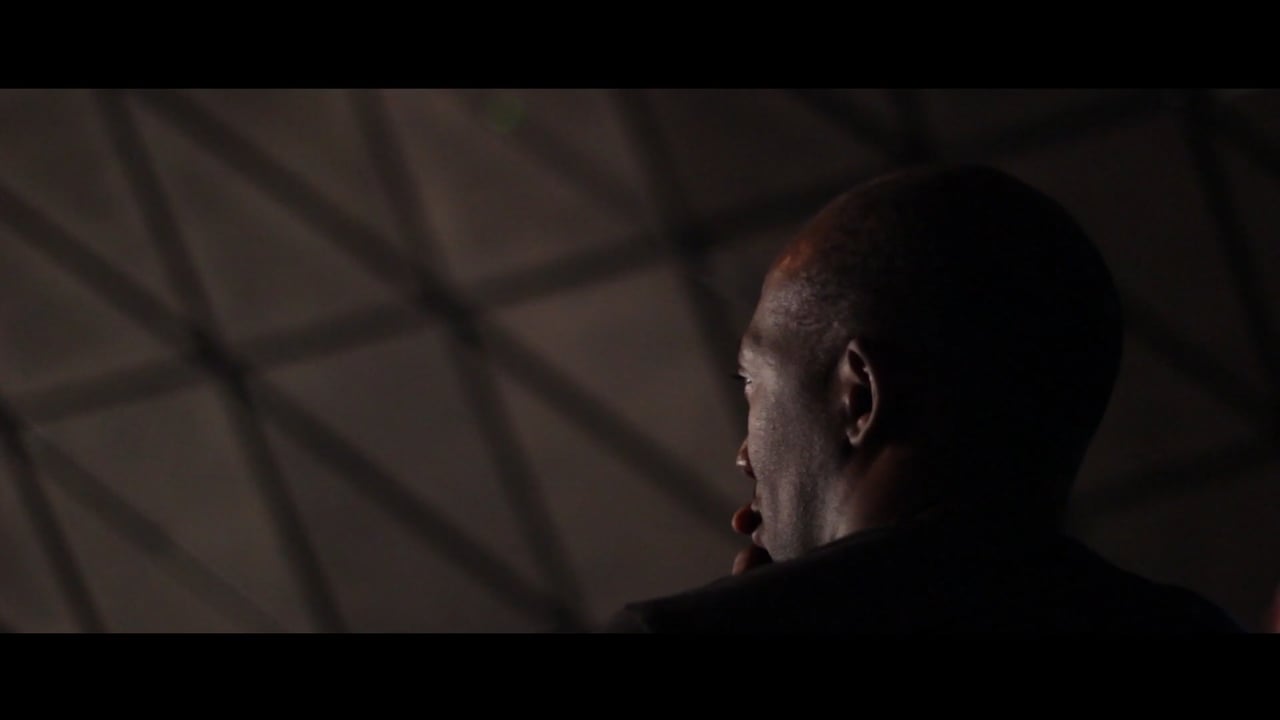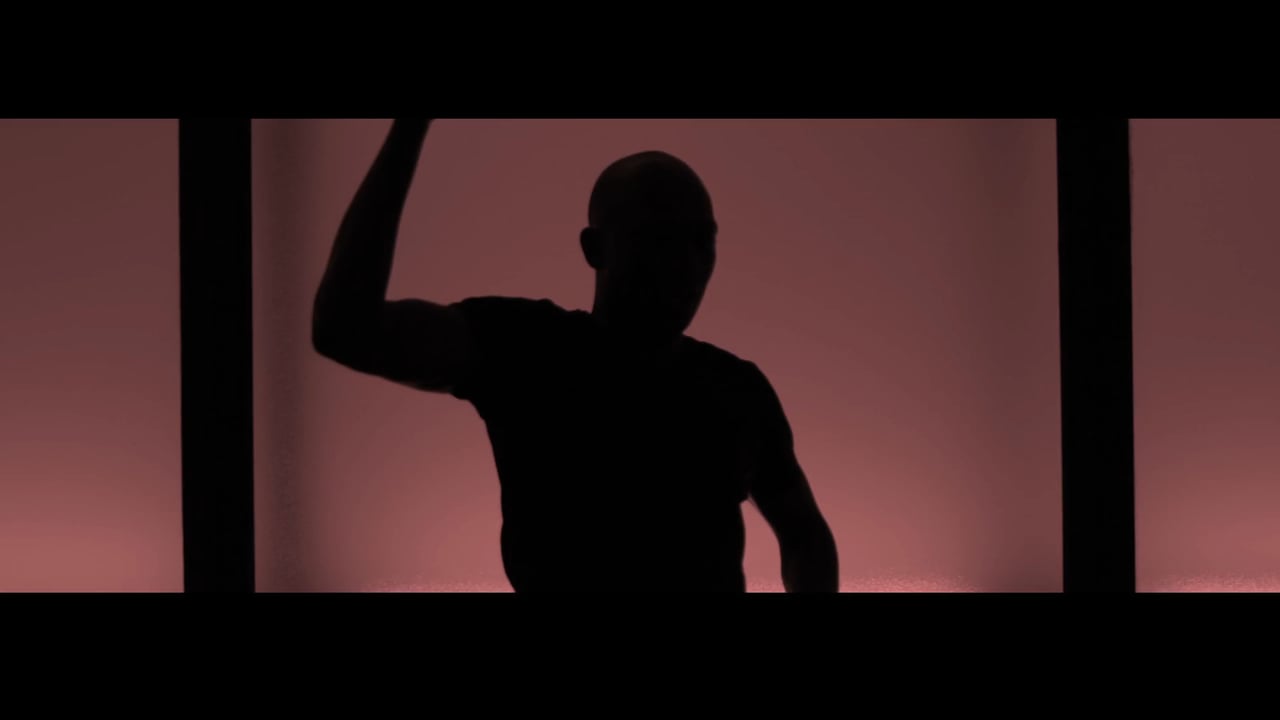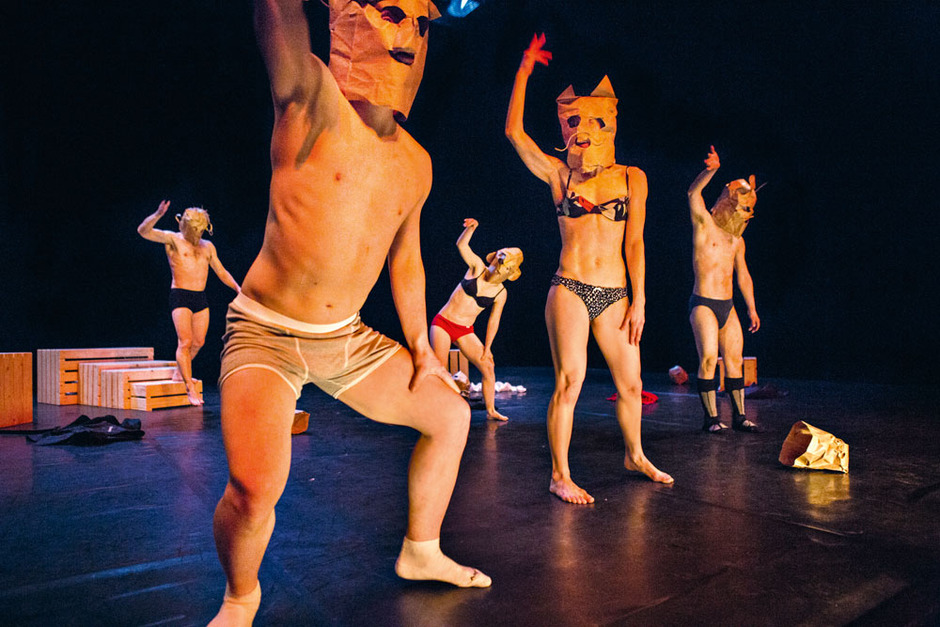Last night the OBV – VONK audience discovered Estaras’ work with a diverse group of fifty dancers and live and electronic music on Ghent’s opera stage. Philosopher Carla Carmona witnessed the final steps of this creation and offers us a revealing insight into Lisi Estaras‘ universe:
Champagne!-champagne!!, or ‘A bigger thing’
A bigger thing is a solid sample of Lisi Estaras’ dance research. While watching the rehearsals, one is overwhelmed, not only as a result of the number of people on the stage, but also, and most importantly, because of their diversity: professional and non-professional dancers, very different age-groups, people with functional diversity, different genders, sexes and sexual orientations, etc.
I would say that the most characteristic feature of Estaras’ work when working with others and their otherness is that she manages to make their otherness tangible, as well as to extend it to everyone. One realizes one’s own otherness and conventional social norms weaken as the piece develops.
As a viewer, the kind of thought that comes to mind is “My goodness! It must be difficult to handle so much diversity! Huge patience must she have!”. But a viewer who is sensitive enough soon realizes that that is not the right way of looking at things. In fact, that is not Estaras’ attitude toward her dancers and, in a way, A bigger thing materializes and enacts her attitude, communicating it to the viewers. When one thinks in terms of needing patience, one is looking at what is happening on stage from one single perspective, and as if that perspective was the norm. By contrast, Estaras’ work invites you to look at what is happening on the stage from a myriad of perspectives, going beyond social conventions and norms. Estaras is able to communicate that kind of attitude both through her way of leading the performance as well as with the many layers of her piece. In consequence, as a viewer, one is forced to realize that one’s perspective is only one among many.
Perspectivism is not new. It has been a philosophical trend at least since the beginning of the 20th Century. But what Estaras manages to do goes beyond mere perspectivism. She makes tangible that there are plenty of cognitive perspectives, that is, of ways of understanding and experiencing the world around us. With the awareness that her cognitive manners are a set of possibilities among many other possible combinations, she understands that not managing to get a message thru might be due to her own testimonial incompetence regarding her interlocutor’s way of thinking and experiencing what is happening on stage.
In the recent literature on epistemic injustice, philosopher Kristie Dotson (2012) introduced the concept of “contributory injustice”. Contributory injustice is ‘caused by an epistemic agent’s situated ignorance, in the form of willful hermeneutical ignorance, in maintaining and utilizing structurally prejudiced hermeneutical resources that result in epistemic harm to the epistemic agency of a knower’ (Dotson 2012, 31). Accordingly, to fight contributory injustice, we need ‘the ability to shift hermeneutical resources, which requires fluency in differing hermeneutical resources’ (Dotson 2012, 34). In A bigger thing, not only diverse hermeneutical devices coexist, but also diverse ways of understanding and looking at the world, as diverse epistemologies engage with one another. As viewers, we are invited to engage with them, that is, to shift epistemological perspectives time and again, which works against our situated ignorance and in favor of our testimonial and hermeneutical, and in general epistemological, competence.
Besides ameliorating contributory injustice, A bigger thing also leaves less room for other practices of silencing; for instance, testimonial smothering, which occurs when risky and unsafe testimony is not proffered owing to an anticipated failure of uptake, as the hearer-to-be is faulted for not indicating testimonial competence to the speaker-to-be (Dotson 2011). Testimony is thus truncated ‘in order to insure that the testimony contains only content for which one’s audience demonstrates testimonial competence’ (Dotson 2011, 249). In the context of A bigger thing we should understand testimony in broad terms. A piece of testimony could be the enaction of a specific movement or the way one dancer connects a series of movements. Testimony should be understood as epistemic materials, those that concern the dance and those that don’t. In that regard, for example, A bigger thing makes room for very different embodiments and executions of the same moment. Instead of feeling upset for not executing a movement in the standard way, which could prevent a dancer from performing, A bigger thing makes the best of the peculiarity of each individual’s movement qualities. At different stages of the piece, either all dancers together or groups of them enact the same moment and yet they remain faithful to their respective idiosyncrasies. Consequently, A bigger thing, as a choreography, avoids executing epistemic violence on dancers and can foster testimonial competence among the audience. The interaction between the dancers has a big role to play in this process. In A bigger thing, viewers experience a variety of epistemic interactions in which there is plenty of testimonial competence, and in general epistemological competence, as regards everyone involved. In fact, each interaction could be understood as a way of training oneself to strengthen one’s epistemological competence.
The reader who is not aware of recent research on embodied cognition might find it weird that I use epistemological terms to describe what takes place in A bigger thing. However, one of the things one learns from the intersection of philosophy, cognitive science and performative arts studies, including dance, is that understanding, remembering and perceiving include external processes, “in which the body in action plays a central role and there is no fracture between the agent’s body, its immediate environment and cognition” (Carmona, 2018, p. 32), in such a way that cognition is distributed across brain, body and environment. This distribution becomes tangible throughout A bigger thing; for instance, dancers function as memory cues for one another. The piece is also illuminating regarding the idea of embodied cognition. For example, by observing dancers from Platform K move, we are also exposed to their thinking, to their specific experiences and perceptions of space and other dancers, as well as to their memory, and this applies to everyone, in such a way that similarities and differences come to the fore.
Cognitive and embodied diversity is also communicated by means of the way material is connected. This is another important feature of Estaras’ work. By disrupting relationships between cause and effect, music and dance, word and music, movement and word, etc., Estaras questions social conventions, making explicit that A bigger thing is governed by its own rules, and that these are varied and can be extended, always within certain limits.
At this point, I would like to introduce Ludwig Wittgenstein’s (2009) concept of “language game”. Wittgenstein’s philosophy has been the core of the dance/philosophy exchange between Estaras and me. Languages games are small-scale samples of language use in which action and word are interwoven. Wittgenstein understood language games as objects of comparison by means of which to shed light on language as a whole. Slowly, the sensitive knower is able to penetrate the logic of the language games enacted in A bigger thing, which are verbal and non-verbal, in fact, they are mostly non-verbal, given that it is a dance performance. As the piece develops, as a viewer, one exercises one’s epistemological competence and improves at shifting language-games. No matter how diverse they are, the language games enacted in A bigger thing, far from contradicting each other, harmonically strengthen each other, as well as the viewer’s epistemological gaze.
In fact, this is a performance in which mistakes are not mistakes, or at least they are not only mistakes. Being behind others in the execution of a specific movement one is not necessarily late, because A bigger thing harmonizes and reconciles the variety of timings that occur, as well as the myriad of gazes, of ways of embodiment and exploring space, of understanding choreographic cues, each individual movement, one’s interaction with fellow dancers and the audience, or the piece as a whole.
As regards the topic of Estaras’ research in Antwerp Royal Conservatory Antwerpen, “Art Brut, Dance and Disabilities”, A bigger thing manages to communicate the idea that everything is art brut. By exposing viewers to the otherness of their fellow others and weakening social norms, A bigger thing makes us notice the brutality of every social norm, especially as they exclude those people and those practices that go beyond the limits that they establish, which, despite being cultural, are usually presented as natural, which, in turn, is equated with normality. By contrast, A bigger thing turns everything upside down, in such a way that what seems odd is culturally refined and adorned movement. Going back to the concept of language game, it is almost as if that filtered and normalized kind of brutality was not allowed. However, being true to its own spirit, A bigger thing has room even for a ballet duet, but a short one, that is, so far as it does not intent to normalize itself and exclude other kinds of embodied explorations of the space and fellow dancers.
Another remarkable feature of A bigger thing is that the performance is not only, or for that matter mostly, oriented toward the audience. A bigger thing is above everything else oriented toward the dancers. The piece enacts limitless possibilities of interacting freely and transcending normativity in all its expressions. In this regard, the audience is invited to participate in a kind of interaction that celebrates, enjoys and learns from diverse others. Accordingly, A bigger thing, besides working in our way of seeing, aims at transforming the way we experience and interact with one another. The title of the piece already orients us in that direction, as we are invited to transcend our specific individuality and work toward a bigger thing.
There is a fundamental philosophical question that A bigger thing addresses, regarding both intercultural as well as intracultural understanding, namely whether we need the same values to understand one another and build a community. In a very Wittgensteinian fashion (Carmona and Villanueva, 2022 forthcoming) A bigger thing shows that one does not need to share a set of values, that is, a form of life, a way of seeing the world, for communication and understanding among diverse groups to take place. A bigger thing is wonderful at communicating that communication can be built in the moment, in the very embodied interaction between two or more people. It is in judging together and acting together that we create meaning and acknowledge one another as knowers and ultimately as fellow human beings and as meaning builders.
Different kinds of interaction are present in A bigger thing; however, though there is group interaction, the most predominant interaction is between pairs. Estaras is interested in the enactment of intimate relationships between two subjectivities that in principle don’t share the same values and come from different background, and that intimacy manifests in the form of physical understanding, an understanding not only of the other but also of oneself and of the surrounding world. The many intimate moments that we witness as viewers are a celebration of vulnerability, in all its brutality. By making full use of corporeality on stage, Estaras helps us perceive the brutality of vulnerability and vice versa. What is brut is vulnerable; by contrast, what is refined appears as flawless, mechanical, spotless. Thanks to A bigger thing we learn to embrace imperfection and appreciate its brutal beauty, both externally and within.
References
Carmona, Carla. 2018. “Dance and Embodied Cognition. Motivations for the Enactivist Program.” Rivista Italiana di Filosofia del Linguaggio 12 (2): 31–43.
Carmona, Carla and Villanueva, Neftalí. (2022, forthcoming). “Situated Judgements as a New Model for Intercultural Communication.” In Intercultural Understanding After Wittgenstein, edited by Carla Carmona, David Pérez Chico and Chon Tejedor. London: Anthem Press.
Dotson, Kristie. 2011. “Tracking Epistemic Violence, Practices of Silencing.” Hypatia 26 (2): 236–257. doi:10.1111/j.1527- 2001.2011.01177.x.
Dotson, Kristie. 2012. “A Cautionary Tale: On Limiting Epistemic Oppression.” A Journal of Women Studies 22 (1): 24–47. doi:10.5250/fronjwomestud.33.1.0024.
Wittgenstein, Ludwig. 2009. Philosophical Investigations. Oxford: Wiley-Blackwell.



